Description
The instruction for medical use
of OKSAPIN® medicine
A trade name
of Oksapin®
the International unlicensed
name Okskarbazepin Lekarstvennaya
the Tablet form, film coated, 300 mg
Structure
One tablet contains
active agent – okskarbazepin 300 mg,
excipients: microcrystalline cellulose, krospovidon, polyvinylpirrolidone, silicon dioxide colloidal anhydrous, magnesium stearate, isopropyl alcohol,
structure of a cover: Yellow Opadry 04F82782.
The description
of the Tablet, film coated yellow color, a capsuloobrazny form with risky on both parties.
Pharmacotherapeutic group
Antiepileptic drugs. Karboksamida derivatives.
Code of automatic telephone exchange N03A F02.
Pharmacological
Pharmacokinetics Absorption properties. After intake okskarbazepin it is completely soaked up and substantially metabolized with formation pharmacological of an active metabolite of 10-monohydroxyderivative (MGP).
After one-time administration of drug of Oksapin® in the form of tablets, coated, in a dose of 600 mg on an empty stomach maximum concentration in MGP blood plasma are made by 34 µmol/l, Tmax – about 4.5 hours. In pharmacokinetic researches it is shown that in blood plasma 2% of an okskarbazepin and 70% of MGP are defined, other part is the share of secondary metabolites which are quickly brought out of blood plasma.
Meal does not influence the speed and extent of absorption.
Distribution. The volume of distribution (Vd) of MGP is 49 l.
About 40% of MGP contact proteins of blood plasma, generally albumine. In the therapeutic range the extent of binding does not depend on concentration of drug in blood serum. Okskarbazepin and MGP do not communicate with α1-кислым a glycoprotein. Css MGP in blood plasma is reached for 2-3-iye days at reception Оксапина® 2 times a day In an equilibrium state the MGP pharmacokinetic parameters linear and dozozavisima in the range of daily doses of 300-2400 mg.
Metabolism. Okskarbazepin is quickly metabolized by cytosolic enzymes of a liver in pharmacological active metabolite of MGP which is exposed to a further glyukuronization. The minimum quantities (about 4% of a dose) are hydroxylated with formation of an inactive metabolite – 10.11-hydroxyderivative (DGP).
Removal. Okskarbazepin is brought in the form of metabolites mainly by kidneys (95%), less than 1% are removed in not changed look. About 80% of metabolites which are removed make MGP, 49% make glucuronides and 27% of them − not changed MGP. DGP is removed in not changed look (about 3%), conjugates of an okskarbazepin make 13%. About 4% of a dose are removed with a stake. Okskarbazepin is quickly brought from blood plasma, T1/2 makes 1.3-2.3 hours. Elimination half-life of MGP makes, on average, 9.3±1.8 hours. At patients who took the drug twice a day the resistant plasma concentration of MGP were reached for 2–3 days. The pharmacokinetics of MGP is to linearly proportional dose of drug in the range of 300-2400 mg/days.
The pharmacodynamics
Pharmacological activity of Oksapina® is caused, first of all, by action of its metabolite – monohydroxyderivative (MGP). The mechanism of action of an okskarbazepin and its MGP is connected, generally with blockade of potentsialzavisimy natrium channels that leads to stabilization of the overexcited membranes of neurons, inhibition of emergence of serial neuronalny categories and decrease in synoptic carrying out impulses.
Increase in conductivity of potassium ions and modulation of potentsialzavisimy calcium channels renders implementation of anticonvulsant effect of drug assistance. Considerable interaction with neurotransmitters of a brain or linking with receptors was not noted. Okskarbazepin and MGP have anticonvulsant effect. Efficiency of the drug Oksapin® at partial (focal) epileptic attacks (simple, difficult, partial attacks with secondary generalization or without it) and at generalized toniko-clonic attacks was it is shown both at monotherapy, and at use of the drug Oksapin® as a part of combination therapy.
Indications
– treatment of partial epileptic attacks with or without secondary generalization, generalized toniko-clonic epileptic spasms as monotherapy or additional therapy at adults and children are more senior than 6 years
the Route of administration and doses
Apply inside, irrespective of meal. Оксапин® it can be applied both in the form of monotherapy, and in a combination with other antiepileptic drugs. In both cases the course of treatment begins with clinically effective dose divided into two receptions. The dose can be increased depending on effect of treatment. In case of replacement of other antiepileptic drug by Oksapin® at the beginning of reception of Oksapina® it is necessary to reduce gradually a dose of drug which is replaced. At use of the drug Oksapin® as a part of combination therapy there can be necessary a dose decline of the accompanying antiepileptic drugs and/or slower increase in a dose of Oksapina®.
The recommendations given below concern patients with normal function of kidneys. For this category of patients there is no need to control concentration of active agent in blood plasma when performing therapy of Oksapinom®.
On tablets there are risks therefore tablets can be broken on 2 parts for swallowing simplification.
Monotherapy.
The initial dose of drug makes 600 mg/days (8–10 mg/kg of body weight a day in 2 receptions. If necessary perhaps gradual increase in a dose. The dose is increased no more than by 600 mg/days at an interval of 1 week before achievement of desirable therapeutic effect. The therapeutic effect is observed in the range of doses of 600-2400 mg/day.
In stationary conditions, when ensuring adequate control of a condition of the patient, there is an experience of fast increase in a dose to 2400 mg/days for 48 hours.
Combination therapy.
When assigning as a part of combination therapy the initial dose makes 600 mg/days (8–10 mg/kg of body weight a day) in 2 receptions. If necessary perhaps gradual increase in a dose. The dose is increased no more than by 600 mg/days at an interval of 1 week, before achievement of desirable therapeutic effect. The therapeutic effect is observed in the range of doses of 600-2400 mg/day. Most of patients badly transferred a dose of drug of 2400 mg/days without reduction of a dose of other antiepileptic drugs which were taken at the same time that was connected with emergence of side reactions from central nervous system.
Use of the drug Oksapin® in a daily dose higher than 2400 mg was not studied.
Use in pediatric practice.
Apply to children 6 years are more senior. The recommended initial dose for children makes 8–10 mg/kg of weight bodies/day in 2 receptions, both at monotherapy, and at use of Oksapina® as a part of combination therapy. If necessary, for achievement of desirable therapeutic effect, perhaps gradual increase in a dose: with an interval approximately of 1 week – the dose is increased at most by 10 mg/kg of weight by bodies/day to maximum to a daily dose at the rate of 46 mg/kg of body weight a day. At use of Oksapina® as a part of combination therapy in pediatric practice at children 6 years an average dose of drug are more senior makes 30 mg/kg of body weight a day.
Data relatively of use of drug for children with a renal failure are absent.
To all categories of patients if necessary lower doses of drug can be applied.
Patients have no need for correction of the mode of dosing with easy and moderate disturbances of functions of a liver. Data relatively of use of drug for patients with a heavy abnormal liver function are absent therefore it is not recommended to apply Oksapin® of this category of patients.
For patients with a renal failure (clearance of creatinine
Side effects
the side reactions Given below are classified in the following groups according to emergence frequency: very often (it is more than 10%), it is frequent (1–10%), infrequently (0.1-1%), is rare (0.01-0.1%), is very rare (less than 0.01%), including separate messages.
Very often
– drowsiness, a headache, dizziness, a diplopia, nausea, vomiting, fatigue
Often
– confusion of consciousness, a depression, apathy, agitation, emotional lability, an ataxy, a tremor, a nystagmus, disturbance of attention, amnesia
– a hyponatremia
– confusion of consciousness, a depression, apathy, agitation, emotional lability, an ataxy, a tremor, a nystagmus, disturbance of attention, amnesia
– a disorder of vision, a sight zatumanennost, vertigo
– diarrhea, a constipation, an abdominal pain
– rashes, an alopecia, an acne
– an asthenia
Infrequently
– a leukopenia
Seldom
– a small tortoiseshell
Very seldom
– oppression of a marrowy hemopoiesis, an agranulocytosis, aplastic anemia, a neutropenia, a pancytopenia, thrombocytopenia
– separate messages – arterial hypertension
– hypersensitivity reactions which are followed by fever and rashes (including multiorgan disturbances). At development of hypersensitivity reactions the defeat of blood and lymphatic systems (eosinophilia, thrombocytopenia, a lymphadenopathy, a splenomegaly), muscles and joints (myalgia, hypostases in joints, an arthralgia), nervous system (encephalopathy), kidneys (proteinuria, interstitial nephrite, a renal failure), lungs (short wind, a fluid lungs, a bronchospasm, interstitial inflammation), an aberration of indicators of function of a liver, a Quincke’s disease, separate messages – anaphylactic reactions
– clinically significant hyponatremia is possible (concentration of sodium –
– a Quincke’s disease, Stephens-Johnson’s syndrome, a toxic epidermal necrolysis (Lyell’s disease), a multiformny erythema
– increase in activity of enzymes of a liver, including alkaline phosphatase
– pancreatitis and/or increase in level of a lipase and/or amylase, hepatitis
– arrhythmias, AV blockade
– a Quincke’s disease, Stephens-Johnson’s syndrome, a toxic epidermal necrolysis (Lyell’s disease), a multiformny erythema
– a system lupus erythematosus
Separate messages
– arterial hypertension, a hypothyroidism, decrease in T4 level (the clinical value is unknown)
Contraindications
– hypersensitivity to an okskarbazepin, carbamazepine or to any component of drug
Medicinal interactions
Inhibitors of microsomal enzymes. Okskarbazepin and him pharmacokinetically an active metabolite of MGP are CYP2C19 cytochrome inhibitors. Thus, co-administration of high doses of Oksapina® and drugs which are metabolized by CYP2C19 (phenobarbital, Phenytoinum) can lead to interaction. For some patients there can be necessary a reduction of a dose of drugs – CYP2C19 substrates.
Okskarbazepin and MGP weakly or do not interact with the following microsomal isoenzymes at all: CYP1A2, CYP2A6, CYP2D9, CYP2E1, CYP4A4 and CYP4C11.
Inductors of microsomal enzymes. Being the inductors CYP3A4 and CYP3A5, okskarbazepin and MGP lower plasma concentration of drugs which are metabolized by these enzymes: immunosuppressants (cyclosporine, takrolimus), dihydropyridinic antagonists of calcium, oral contraceptives and antiepileptic drugs (for example, carbamazepine). New level of induction is reached for 2–3 weeks after the beginning of therapy by drug or changes of a dose.
Valproic acid and lamotrigin. In vitro MGP is the weak inductor of UDP glucuronosyltransferase. In view of even weak induction ability of an okskarbazepin and MGP, increase in doses of the accompanying drugs which are metabolized by CYP3A4 system or UDP glucuronosyltransferase can be necessary. In case of drug withdrawal of Oksapin® there can be necessary a reduction of doses of these drugs and final dose adjustment for 2–3 weeks (decrease in induction is possible).
Antiepileptic drugs (PEP).
The table
Possible interactions of Oksapin® and other PEP
PEP
Influence of Oksapin® on concentration of PEP
Influence of PEP on concentration of Oksapin®
Karbamazepin
of 0-22% reduction
of 40% reduction
Klobazam
Nie was studied
by Nie
Felbamat
Nie influences it was studied
by Nie
Phenobarbital
of 14-15% increase
in 30-31% reduction
Phenytoinum
of 0-40% increase
in 29-35% reduction
Valproic acid
of Nie influences
0–18% reduction
Lamotrigin
Moderate reduction * influence
Nie influences
* Results of the previous researches showed what okskarbazepin can lower concentration of a lamotrigin that important at use for children, nevertheless, the potential of interaction of an okskarbazepin is lower, than with inductors of enzymes (carbamazepine, phenobarbital, Phenytoinum).
Concentration of Phenytoinum in blood plasma increases to 40% at co-administration of Oksapina® in a dose of 1200 mg/days and above. Therefore, at use of doses of Oksapina® higher than 1200 mg/days the reduction of a dose of Phenytoinum can be necessary. Increase in serumal concentration of phenobarbital is about 15% at co-administration with Oksapinom®.
Co-administration of strong inductors of isoenzymes of P450 cytochrome (i.e. carbamazepine, Phenytoinum and phenobarbital) leads to reduction of concentration of MGP in blood plasma (for 29–40%).
Children have from 6 to 12 years at co-administration of one of antiepileptic medicines – inductors of enzymes the clearance of MGP increases by 35% in comparison with monotherapy.
Simultaneous use of Oksapina® and lamotrigin was followed by the increased risk of emergence of side reactions (nausea, drowsiness, dizziness and a headache). At simultaneous use of several antiepileptic medicines the dose adjustment and monitoring of concentration in blood plasma, especially in pediatric practice at patients who receive drug along with lamotridzhiny is necessary.
The phenomena of an autoinduktion were not studied.
Hormonal contraceptives. Interaction of Oksapina® with ethinylestradiol and levonorgestrel was noted. Average values of the area under a curve “concentration time” (AUC) for them decreased by 48–52% and 35–52% respectively. There are no data on other oral or implanted contraceptives. Co-administration of the drug Oksapin® and hormonal contraceptives can lead to decrease in efficiency of the last.
Blockers of calcium channels. Simultaneous use with verapamil can reduce serumal concentration of MGP by 20% (reduction of serumal concentration of MGP clinically insignificant).
Cimetidinum, erythromycin, dextropropoxyphene do not influence the MGP pharmacokinetic parameters.
Viloksazin in insignificant degree affects concentration of MGP in plasma (concentration of MGP increases by 10% after repeated simultaneous use).
It is noted by Nie of any interaction with warfarin at use of both disposable, and repeated doses of Oksapina®.
Оксапин® can enhance sedation of ethanol.
In vitro of a research confirmed weak inductor ability of an okskarbazepin and MGP concerning isoenzymes of subsystems of CYP2B and CYP3A4 enzymes. Inductor influence of an okskarbazepin and MGP on other isoenzymes of CYP are unknown.
MAO inhibitors. Interaction of an okskarbazepin with MAO inhibitors is theoretically possible in connection with structural interaction of an okskarbazepin and tricyclic antidepressants.
At patients who received tricyclic antidepressants clinically significant interaction with okskarbazepiny was not observed.
Lithium. Simultaneous use of lithium and an okskarbazepin can cause neurotoxicity.
Special indications
of Reaction of hypersensitivity can arise at patients without hypersensitivity to carbamazepine in the anamnesis. At development of hypersensitivity reactions the defeat of blood and lymphatic systems (eosinophilia, thrombocytopenia, a lymphadenopathy, a splenomegaly), muscles and joints (myalgia, hypostases in joints, an arthralgia), nervous system (encephalopathy), kidneys (proteinuria, interstitial nephrite, a renal failure), lungs (short wind, a fluid lungs, a bronchospasm, interstitial inflammation), an aberration of indicators of function of a liver, a Quincke’s disease, anaphylactic reactions is possible. At development of hypersensitivity reactions it is necessary to stop use of Oksapina® and to carry out the corresponding therapy.
At use of Oksapina® (at 2.7% of patients) the hyponatremia (concentration of sodium in serum less than 125 mmol/l) which usually was not followed by clinical manifestations and did not need correlation of therapy was observed. Concentration of sodium was normalized at cancellation (reduction of a dose) of Oksapina® or conservative treatment (liquid consumption restriction). At patients who already have renal failures and low concentration of sodium in blood serum or at patients who receive the accompanying treatment by the drugs strengthening removal of sodium from an organism (diuretics, drugs which influence secretion of antidiuretic hormone), prior to therapy of Oksapinom® it is necessary to define concentration of sodium in blood serum. It is necessary to control concentration of sodium in blood serum in 2 weeks after the beginning of therapy and further monthly for 3 months or if necessary. With special attention it is necessary to treat these risk factors at patients of advanced age. If necessary prescribing of diuretics and other drugs which lower concentration of sodium in blood serum patients who receive therapy of Oksapinom® should adhere to the same recommendations. At emergence of clinical symptoms which allow to suspect a hyponatremia it is necessary to measure concentration of sodium in blood serum. For other patients of measurement of concentration of sodium in blood serum can be carried out during performing periodic blood tests.
Control of body weight at all patients with heart failure is necessary for timely definition of a delay of liquid. In case of a delay of liquid or when progressing symptoms of heart failure it is necessary to define concentration of sodium in blood serum. In case of a hyponatremia it is necessary to limit amount of the consumed liquid. As at use of an okskarbazepin the disturbance of warm conductivity is seldom or never possible, careful observation of patients with the previous disturbances of conductivity (AV blockade, arrhythmia) which receive Oksapin® is necessary.
At treatment of Oksapinom® at patients the development of an agranulocytosis, aplastic anemia and a pancytopenia was very seldom noted. At development of symptoms of the significant oppression of a marrowy hemopoiesis it is necessary to consider a question of drug withdrawal.
There are messages about very exceptional cases of development of hepatitis which were in most cases resolved successfully. At suspicion of hepatitis it is necessary to consider a question of drug withdrawal.
Women of childbearing age who apply oral contraceptives have to be warned that simultaneous use of Oksapin® can lead to decrease in efficiency of hormonal contraceptives. Use of non-hormonal contraceptives is recommended to this category of patients who receive Oksapin®.
Use of antiepileptic drugs causes increase in risk of emergence of suicide thoughts and behavior. Therefore patients it is necessary to check for presence of signs of suicide thoughts and behavior and to appoint the corresponding treatment.
Simultaneous use of Oksapina® and alcohol enhances sedation of drug.
As well as any other PEP, Oksapin® should be cancelled gradually in connection with risk of emergence of convulsive attacks.
Use during pregnancy or feeding by a breast.
Clinical data on influence of an okskarbazepin during pregnancy are not enough to estimate its teratogenic potential. Okskarbazepin and MGP get through a placental barrier. At use of Oksapina® in toxic doses the increase in embryonic mortality, a delay and disturbances of development and growth of a fruit was noted.
If the patient is going to become pregnant or became pregnant during drug use and also at emergence of a question concerning purpose of Oksapina® during pregnancy it is necessary to compare carefully expected advantage of therapy and possible risk to a fruit. During pregnancy it is necessary to apply drug minimal effective doses. The patient has to be warned rather possible disturbances of fetation.
During pregnancy it is not necessary to interrupt effective antiepileptic treatment as progressing of a disease can negatively influence mother and a fruit.
At use of drug during pregnancy it is necessary to consider that the physiological changes happening in an organism of the pregnant patient can lead to gradual decrease in the MGP level in blood plasma. For achievement of the maximum control of disease symptoms at pregnant patients it is regularly necessary to estimate clinical effect of drug and to define concentration of MPG in blood plasma.
Determination of the MGP level in blood plasma is also recommended to be carried out in a puerperal period, especially if during pregnancy the dose of drug raised.
It is known that during pregnancy the deficiency of folic acid develops. Antiepileptic means can enhance this deficit which is one of the possible reasons of disturbances of fetation therefore additional intake of folic acid is recommended.
Use of antiepileptic drugs during pregnancy can lead to increase in risk of bleedings at newborns. As the caution is recommended prescribing of vitamin K in the last several weeks of pregnancy and also to newborns whose mothers received Oksapin®.
Okskarbazepin and MGP are allocated in breast milk. Therefore in need of use of Oksapina® in the period of a lactation it is necessary to stop feeding by a breast.
Use in pediatric practice
Safety and efficiency of use of drug for treatment of children up to 6 years were not studied sufficiently therefore children of this age category should not appoint it.
Features of influence of medicine on ability to run the vehicle or potentially dangerous mechanisms
Considering possibility of dizziness, drowsiness or other disturbances from the central nervous system at use of Oksapina®, it is recommended to refrain from control of motor transport or work with other mechanisms.
Overdose
there Are single messages concerning drug overdose, the maximum dose described in messages made 24 g.
Symptoms: drowsiness, dizziness, nausea, vomiting, hyperkinesia, hyponatremia, ataxy, nystagmus.
Treatment: there is no specific antidote. Carry out the symptomatic and supporting treatment. In case of recent administration of drug (for the last 2 hours) gastric lavage and intake of activated carbon for absorption reduction is recommended.
A form of release and packing
On 10 tablets in blister strip packaging from PVC of a film and aluminum foil.
On 3 blister strip packagings with the instruction for medical use in the Russian and state languages place in a cardboard pack.
To Store storage conditions in the dry, protected from light place at a temperature not higher than 25 wasps.
To store out of children’s reach!
2 years
not to use a period of storage after the expiry date specified on packing.
Prescription status
According to the prescription
the Producer Kusum Heltker Pvt. Ltd., India
joint venture 289 (A), Riiko Indl. Chopanki’s Area, Bkhivadi (Raj.), India
Name and country of the owner of the registration certificate
Kusum Heltker Pvt. Ltd., India
the Address of the organization accepting in the territory of the Republic of Kazakhstan claims from consumers on quality of products:
Representative office of Kusum Heltker Pvt Association. Ltd., in
RK Republic of Kazakhstan,
Almaty, Tulebayev St., 38.
Phone number 2738297, 2738198, Fax 2736810
Office-kusumhealthcare@intelsoft.kz
to Develop
Additional information
| Ingredient |
|---|





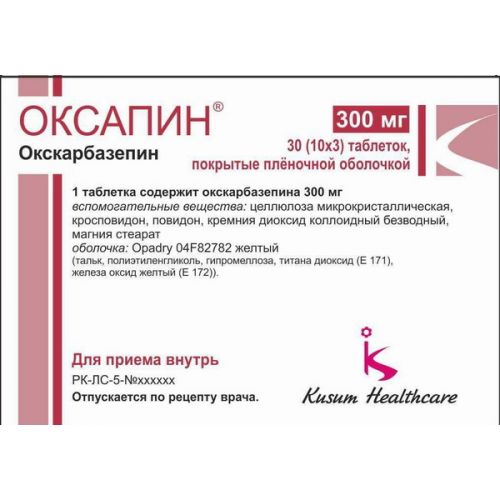
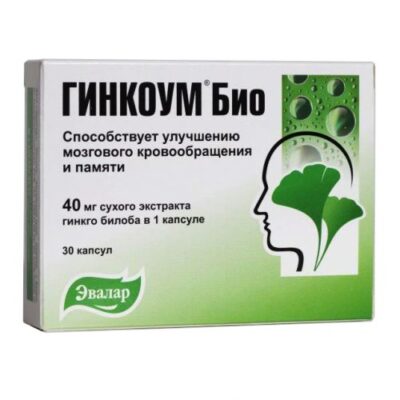
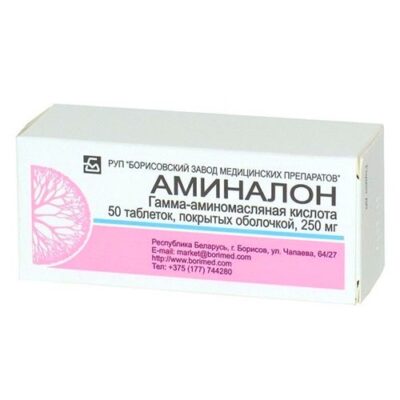
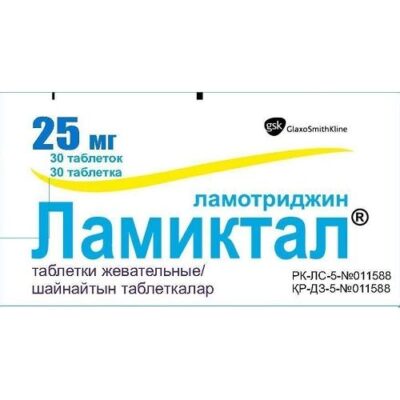
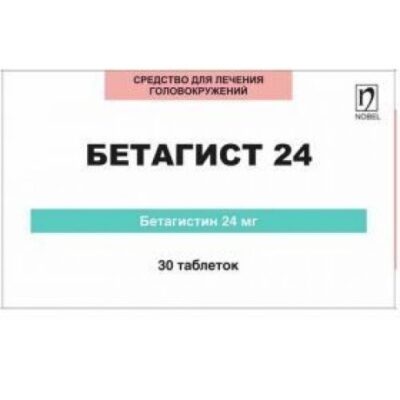
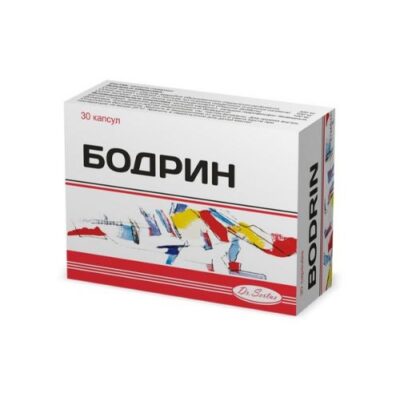
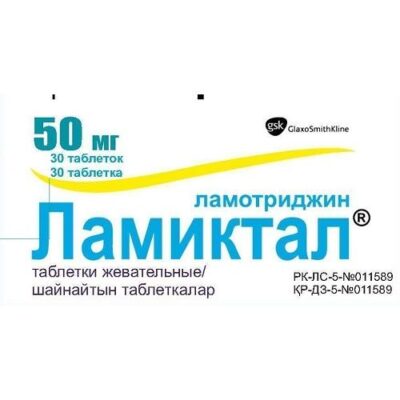
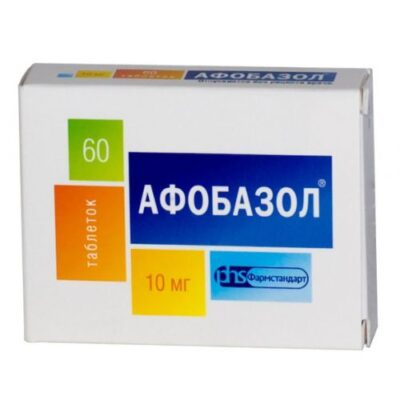
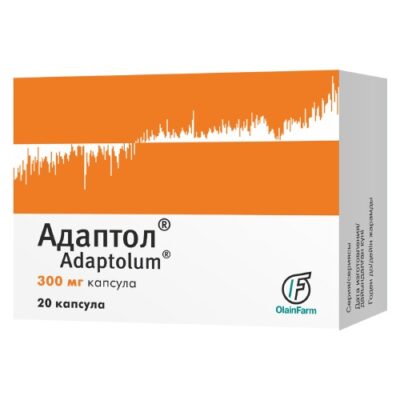
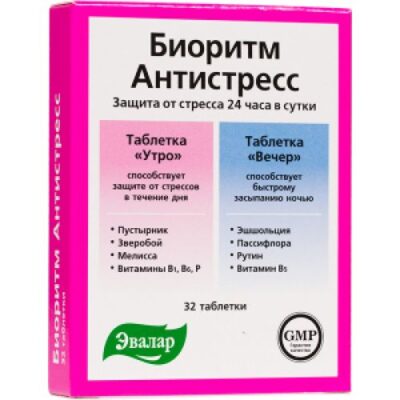
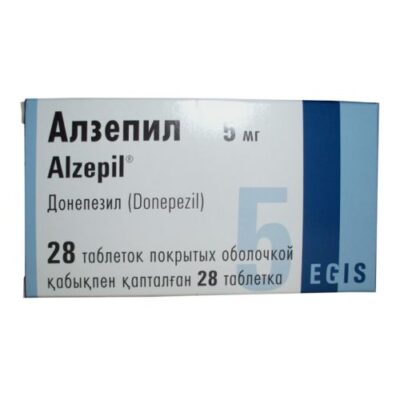






Reviews
There are no reviews yet.